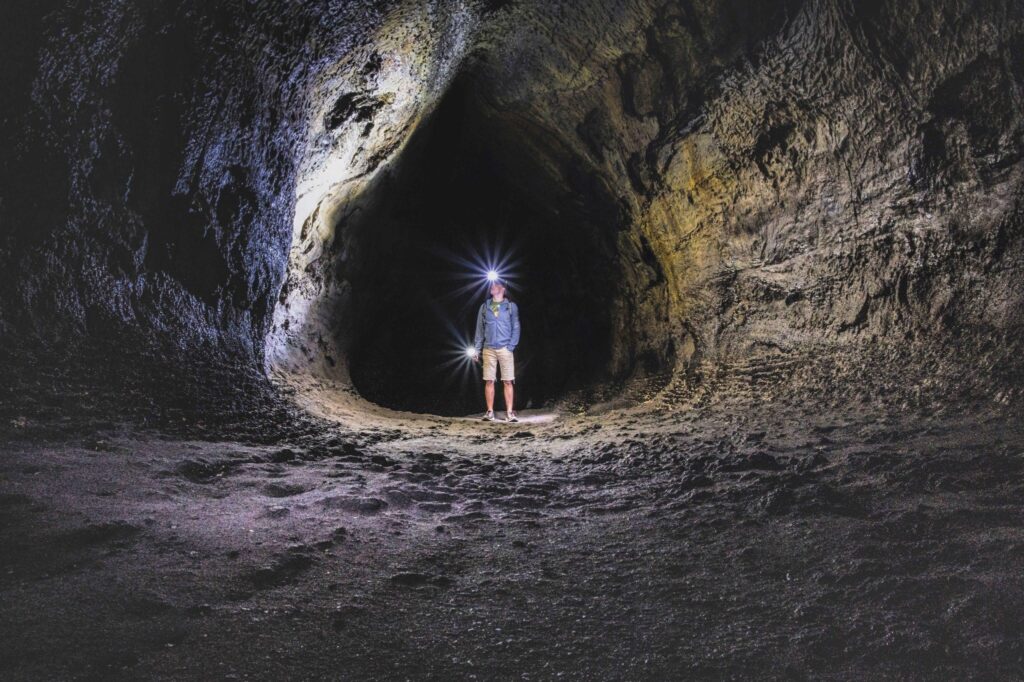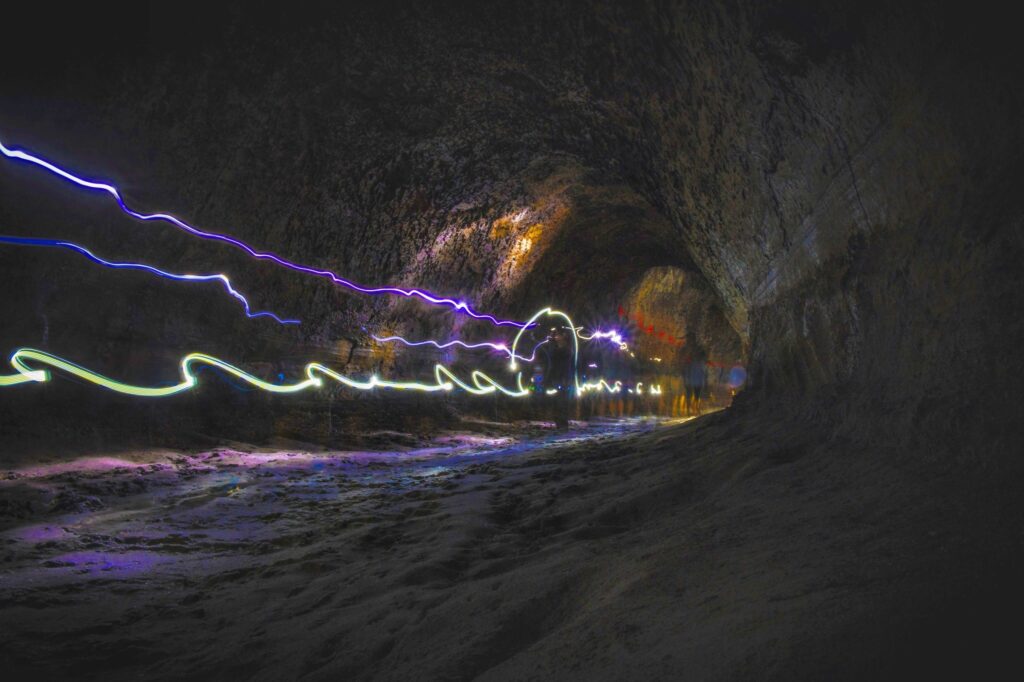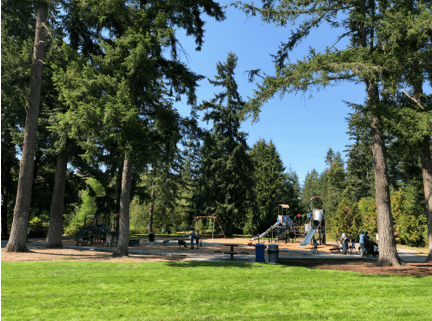Hiking Washington’s Ape Caves
The Ape Caves offer a unique outdoor dynamic that fascinates both avid hikers and families that are looking for a new experience. Its views are striking for locals and newcomers alike. As someone who has personally had the enjoyment of traveling and hiking across North America, the Ape Caves have been one of my favorite places. Plus, it’s also the third longest lava tube system in the U.S. to date. That has to make for a pretty interesting spot to visit, right?

Imagine this, thousands and thousands of years ago a whole bunch of steamy hot lava came flowing out of Mount St. Helens carving its own new path. It demolished anything that came in the way, but it beautifully created an underground lava tube system that still exists today!
But, an underground hike inside a cave calls for some preparation. So, we’re going to cover all the ground rules, what to expect and how to make the most out of your visit to the Ape Caves.

Getting to Washington’s Ape Caves
I typed Ape Caves into my google G.P.S. and found that about halfway en-route I lost all cell service.
That typically happens when you start driving up a mountain, so make sure you’re prepared for it. It’s best to make sure you have a full tank of gas before heading out too. If it’s your first time visiting, I would suggest printing out or writing down the directions beforehand, just to be extra safe.
The parking lot is located right by the Ape Cave trailhead off Forest Road 8303 on the left, about 1.5 miles from the Trail of Two Forests lot.
As you prepare for your visit, be sure to keep these ground rules for visiting and entering the cave in mind. No food, no pets and no camping. So, be sure to eat before you get there to make sure you don’t get “hangry” on the trail. Your body will need the fuel. And as much as I love our furry friends, we can’t bring them along on this adventure due to the nature of this hike. Consider those few rules before you head out on this fascinating journey.
What to Expect
You have two options at the trailhead. The easy way or the hard way. If you’re up for the adventure, then I suggest taking the upper cave route. Be warned though, as this is known to be rockier with higher elevation gain. Not to mention there’s an exhilarating drop off where you will have to scale alongside a narrow walkway in order to reach the end.
It’s not for the faint of heart, but many beginner hikers can tackle it with patience and ease. The upper cave is only about 1.5 miles long but takes most two hours to complete. But a rewarding glow will illuminate your exit as a sunlight ladder through a hole in the earth’s ground marks the end of the trail as you climb your way through. Once outside, the easy downhill hike will provide you with scenic views.

For a more relaxed hike, the lower cave is just as rewarding. Being approximately a little under a mile long, this route houses the well-known “meatball,” which is a ball of cooled lava that got carried along the tube while there was still lava flowing. It got wedged in a narrow spot in the ceiling where it’s been hanging around for hundreds of years. It really does look like a meatball!
The end of this route will have you on your knees army crawling through a little hole no more than 3-4 feet tall.

What to Bring
It’s going to be cold, even in the middle of summer. In fact, the caves are a steady 42 F year-round. Dress warm or bring a jacket, and I hope you have some good non slip shoes since the rocky floor can be pretty wet in some areas. There is a delicate ecosystem living within its rocky walls which relies on the moisture coming from the drippy ceilings. Don’t touch the walls either! There’s slime on the walls, but slime is just part of the food chain in the cave’s ecosystem.
It’s going to be dark in there too, so you have to bring along some flashlights or headlamps. I personally recommend the headlamps because it’s easier for when you want to look around. Plus, you really don’t want to drop and lose a flashlight here because there is zero light source. It’s helpful to bring some extra batteries in your pocket just in case you find yourself with a dying light source. Better to be prepared.
During normal season you can rent flashlight from the parking lot area. It costs $5 to park, unless you have a recreational pass. You will also find bathrooms with your good old-fashioned vaulted toilets for use. In the off season you will need a Washington State Sno-Park Permit in order to get to the Trail of Two Forests parking area, which is about a mile snow hike to the actual cave entrance. You can find more information on these passes here.
All images © Mark Koeberle







